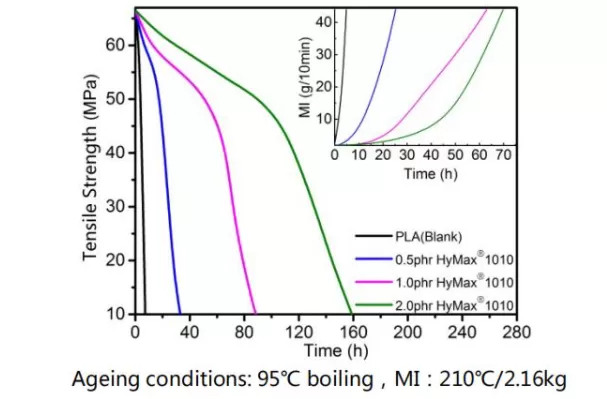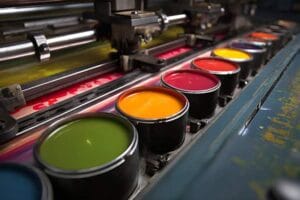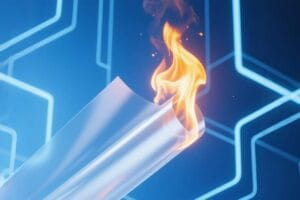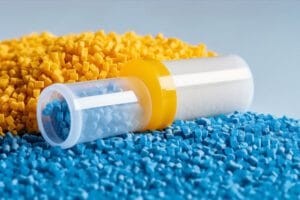In the pursuit of environmentally conscious alternatives, the world of materials science has witnessed the rise of biodegradable products as a solution to reduce our ecological footprint. Among these innovations, biodegradable PLA (polylactic acid) tapes have gained prominence for their sustainable attributes. To ensure the longevity and reliability of these tapes, anti-hydrolysis agents play a pivotal role in preserving their structural integrity, even in the face of water-induced degradation.

Understanding Hydrolysis and Its Challenge
Hydrolysis, a chemical reaction involving water, poses a challenge for biodegradable materials like PLA. When PLA comes into contact with moisture, hydrolysis can gradually weaken its molecular bonds, compromising its strength and integrity. This limits the applicability of biodegradable PLA tapes in wet or humid environments, undermining their practicality.
Introducing Anti-hydrolysis Agents
Anti-hydrolysis agents also referred to as hydrolysis inhibitors or hydrolysis stabilizers, are specialized compounds designed to counteract the adverse effects of hydrolysis. These agents work by creating a protective shield around the PLA molecules, preventing water molecules from infiltrating and causing degradation. Incorporating anti-hydrolysis agents into the composition of biodegradable PLA tapes is a strategic approach to extend their lifespan while preserving their inherent biodegradability.
Advantages of Antihydrolysis Agents in Biodegradable PLA Tapes
- Enhanced Resilience: The integration of anti-hydrolysis agents empowers biodegradable PLA tapes to withstand the challenges posed by moisture, rain, and other damp conditions. This resilience is crucial for applications where the tape’s functionality is paramount regardless of the environment.
- Prolonged Utility: Antihydrolysis agents effectively slow down the hydrolysis process, enabling biodegradable PLA tapes to maintain their structural integrity over an extended period. This is particularly valuable in situations requiring long-term tape performance.
- Harmonizing Sustainability and Performance: Antihydrolysis agents bridge the gap between sustainability and practicality. By safeguarding the durability of the tape, these agents ensure that fewer replacements are needed, reducing waste and contributing to eco-friendliness.
- Versatile Applications: Biodegradable PLA tapes fortified with anti-hydrolysis agents find relevance in diverse industries, spanning from agriculture and packaging to construction and outdoor installations. Their adaptability to various scenarios underscores their reliability.
See testing effect of anti-hydrolysis agent in PLA

Looking Forward
In an era where environmental responsibility is paramount, the integration of anti-hydrolysis agents into biodegradable PLA tapes holds immense promise. This synergy between technology and ecology empowers us to utilize PLA tapes while addressing the challenges of hydrolysis-induced degradation. By harnessing the potential of anti-hydrolysis agents, we unlock a future where sustainable materials not only align with our environmental goals but also deliver steadfast performance, ensuring a balance between innovation and responsible practices.






